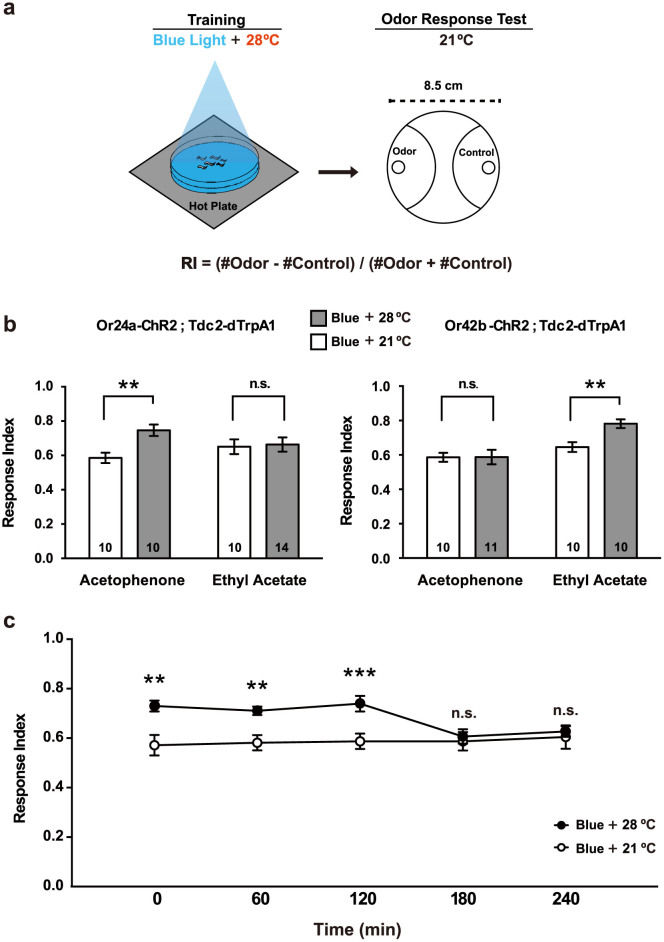Figure 5. Olfactory responses of transgenic larvae trained with blue light and heat.
(a) Associative larval conditioning and olfactory response test. Transgenic larvae carrying both Or-ChR2 and Tdc2-dTrpA1 were conditioned with blue light at 28°C for 60 sec. Larvae were then transferred to an olfactory test plate at 21°C, on which specific odorant is spotted on one side. After 3 min, the numbers of animals moved in the indicated semicircular areas were counted. Typically, ~50 larvae were used in a single test. Response index (RI) was calculated as indicated. (b) Odor specificity of artificial memory induced by the targeted stimulation. 60 sec conditioning with blue light at 28°C resulted in significant increase in the olfactory response of Or24a-ChR2;Tdc2-dTrpA1 larvae toward acetophenoe but not ethyl acetate. Similarly, the artificial stimulation resulted in significant increase in the olfactory response of Or42b-ChR2; Tdc2-dTrpA1 larvae toward ethyl acetate but not acetophenoe. **p < 0.01 by Mann-Whitney U-test between 21°C and 28°C. Number of sample is indicated in the bar. (c) Stability of artificial olfactory memory. Temporal changes of olfactory response indices of the conditioned Or24a-ChR2;Tdc2-dTrpA1 larvae toward acetophenoe. Larvae were stimulated for 60 sec with blue light at 21°C or 28°C, and then tested at the indicated time. **p < 0.01, ***p < 0.001, by Mann-Whitney U-test between 21°C and 28°C. Each data point represents RI of independent animal groups (average of 10-14 experiments).

